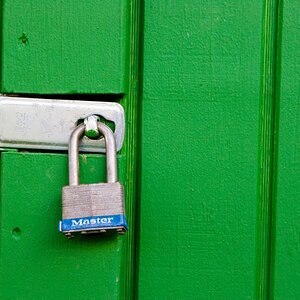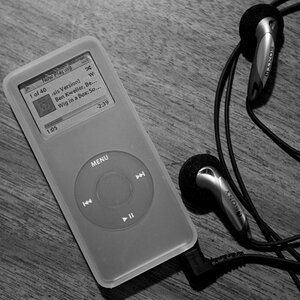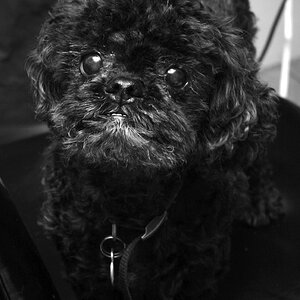sarahburge
TPF Noob!
- Joined
- Mar 12, 2010
- Messages
- 12
- Reaction score
- 0
- Location
- Missouri
- Can others edit my Photos
- Photos OK to edit
I am just getting my photography business off the ground. And I was wondering if I should have my logo printed on my photos? Or is it just a personal preference thing? I don't want my clients to take them to Wal-mart or Walgreens and copy them. But I don't want to distract from the image either. Also, if I have proofs printed in a portfolio (I was thinking about using Mpix), should I watermark those? All of these minor details are quite overwhelming! Any help would be appreciated!


 I think I have decided to use Smug Mug for proofs until I can get my website set up. Then I will probably go with the Photocart software. This seems like the most professional way to do it and probably best for long term.
I think I have decided to use Smug Mug for proofs until I can get my website set up. Then I will probably go with the Photocart software. This seems like the most professional way to do it and probably best for long term.



![[No title]](/data/xfmg/thumbnail/32/32005-d13a0bcc56327c42bd32dff4b0776658.jpg?1619735150)






